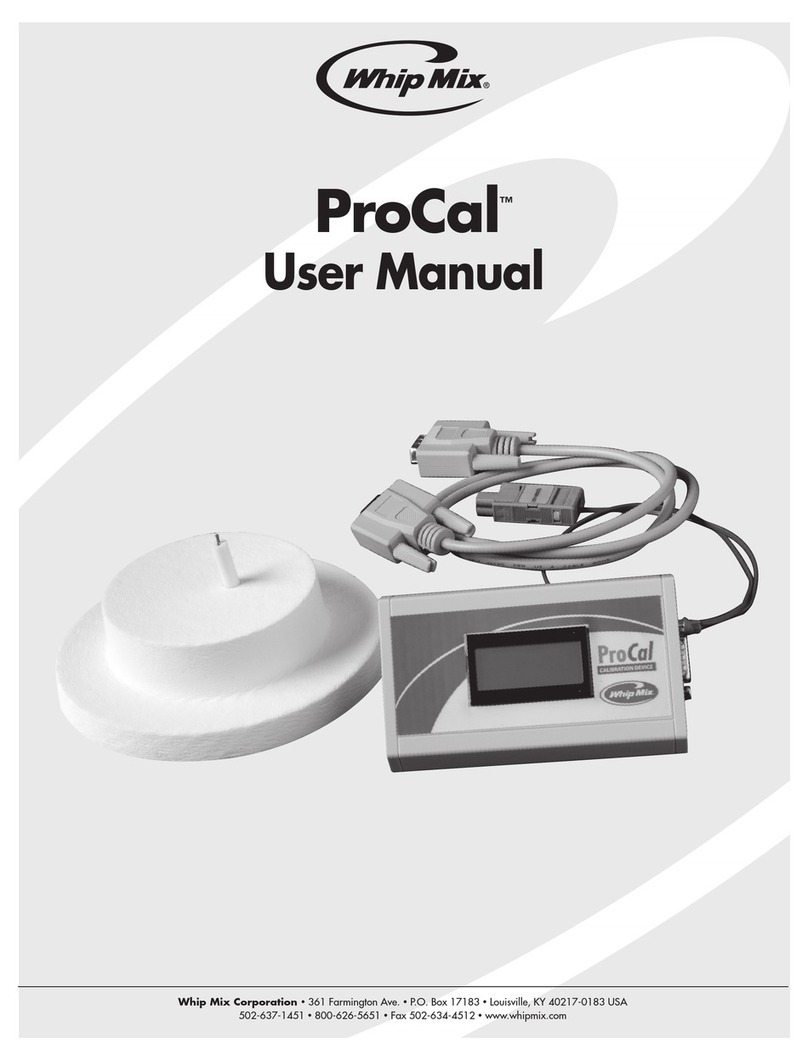STEP ONE
Remove the upper cast from the articulator.
STEP TWO
Insert a flag onto the SOPA base (Figure 1).
Each flag has two sides (patient’s right and
left) and space for patient information such
as name, date and other data. The graph is in
millimeter increments. Tighten lock screw.
STEP THREE
Place the SOPA on the upper bow sliding
the key into the articulator slot (Figure 2) as
shown (Figure 3-A & B). Tighten the thumb
screws.
STEP FOUR
The compass has a standard radius of 4”. This
setting is standard for evaluating the final
cusp tip heights on an ideal lower occlusal
plane. Note: Millimeter adjustments
(+ or -10mm). Use these only for measuring
the amount of tooth reduction desired when
planning restorative cases.
STEP FIVE
Touch the compass lead (C) to the tip of the
lower cuspid. Position the compass point
(D) on the center line (for the 4” radius) of
the SOPA flag (Figure 4). This automatically
establishes the position for the compass point
in correct relation to the condyle. Note: If the
cuspid is missing, it should be waxed in. Keep
the height in harmony with the remaining
anterior teeth.
STEP SIX
Arc the compass lead to the back molar
(Figure 5). This establishes the optimum
occlusal plane height for the posterior teeth.
Note: If the molar is missing, the occlusal
plane can be scribed on a wax rim.
If the back of the occlusal plane needs to be
raised or lowered, return the compass lead
to the cuspid tip. Holding that position, arc
the compass point forward or backward on
the SOPA flag along the same horizontal line
while using the compass lead as the pivot.
(Move the compass point anterior for a
higher occlusal plane or posterior for a lower
occlusal plane.)
As long as the pointer maintains contact on
the width of the flag, the occlusal plane will
be acceptable. If an acceptable plane cannot
be established, the casts may not be properly
mounted in relation to the condylar axis.
Figure 1
Figure 2
Figure 3
Slot
Forward
into Slot
Back to
Secure
A
B
Figure 4
D
C
Figure 5





















